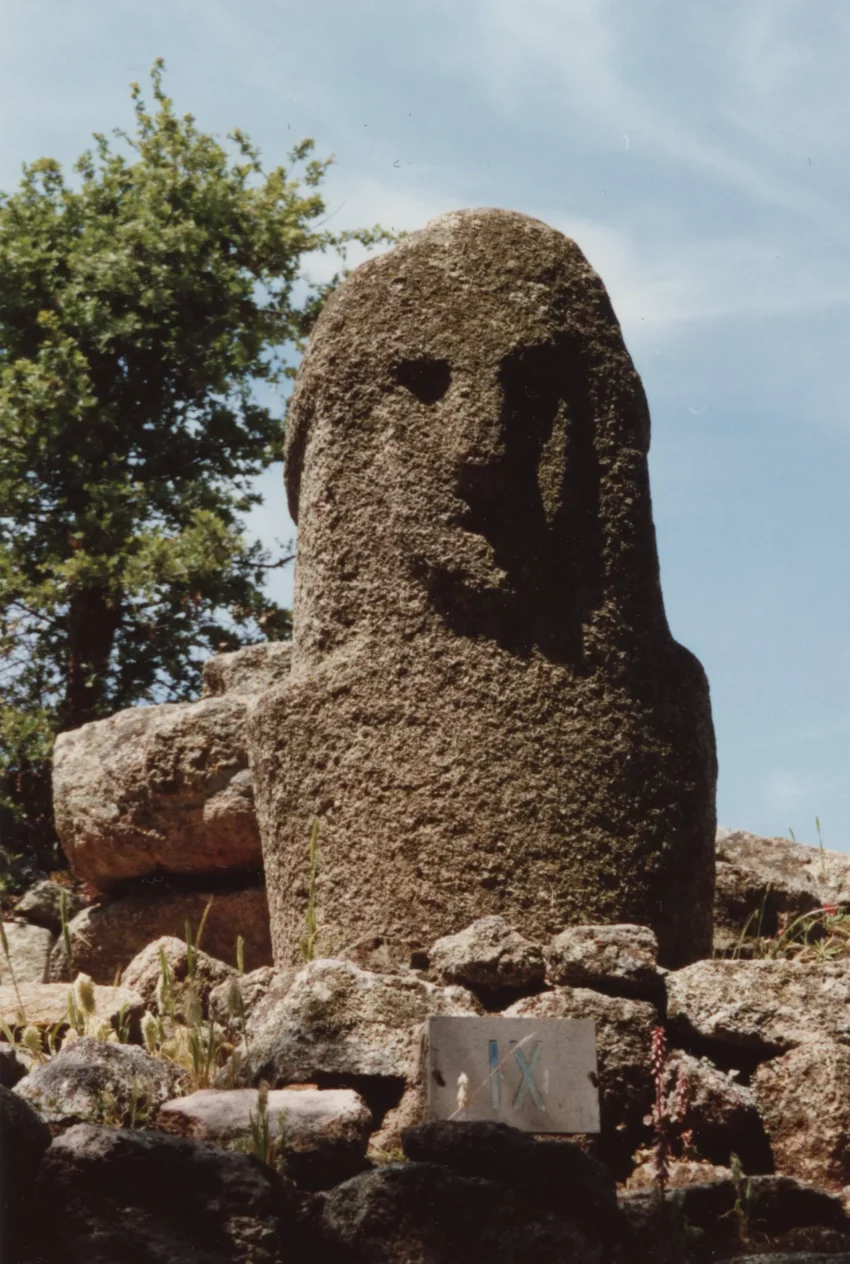Filitosa: The Ancient Corsican Megalithic Site
Filitosa, in southern Corsica, is a remarkable archaeological site with a history that stretches back to the end of the Neolithic era and continues into the Bronze Age, even lasting until Roman times. Discovered in 1946, it is recognized as one of the most significant prehistoric locations in the Mediterranean, especially due to its collection of megalithic structures.
Get your dose of History via Email
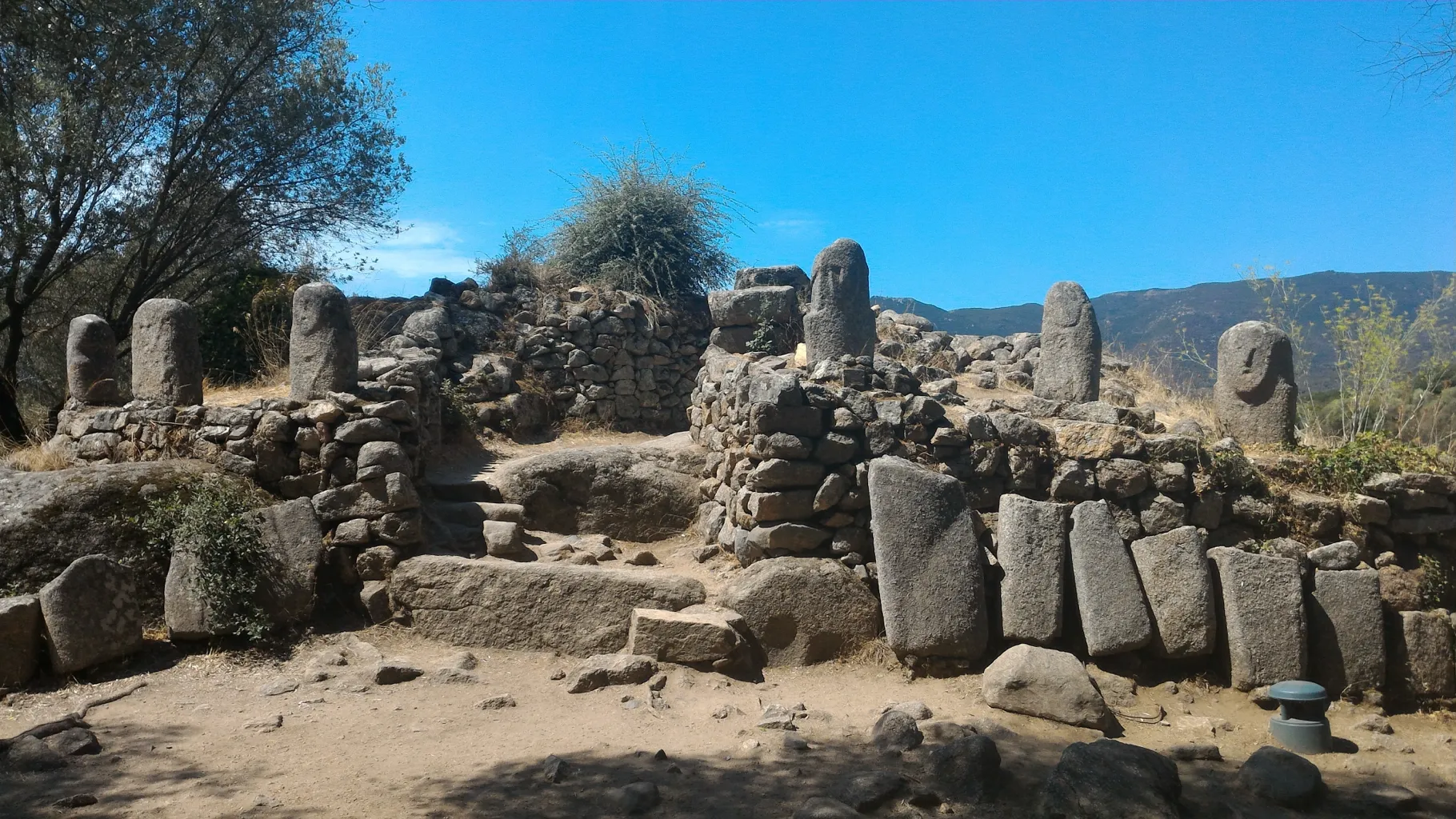
Location and Setting
Filitosa is located on a hill, overlooking the Taravo valley, which provides a strategic view of the surrounding landscape. It lies near the hamlet of Filitosa, accessible via road D57, roughly 5 kilometers west of Sollacaro, in the Corse-du-Sud region. The site itself is nestled amid ancient olive groves, which guide visitors to the central monument of the area.
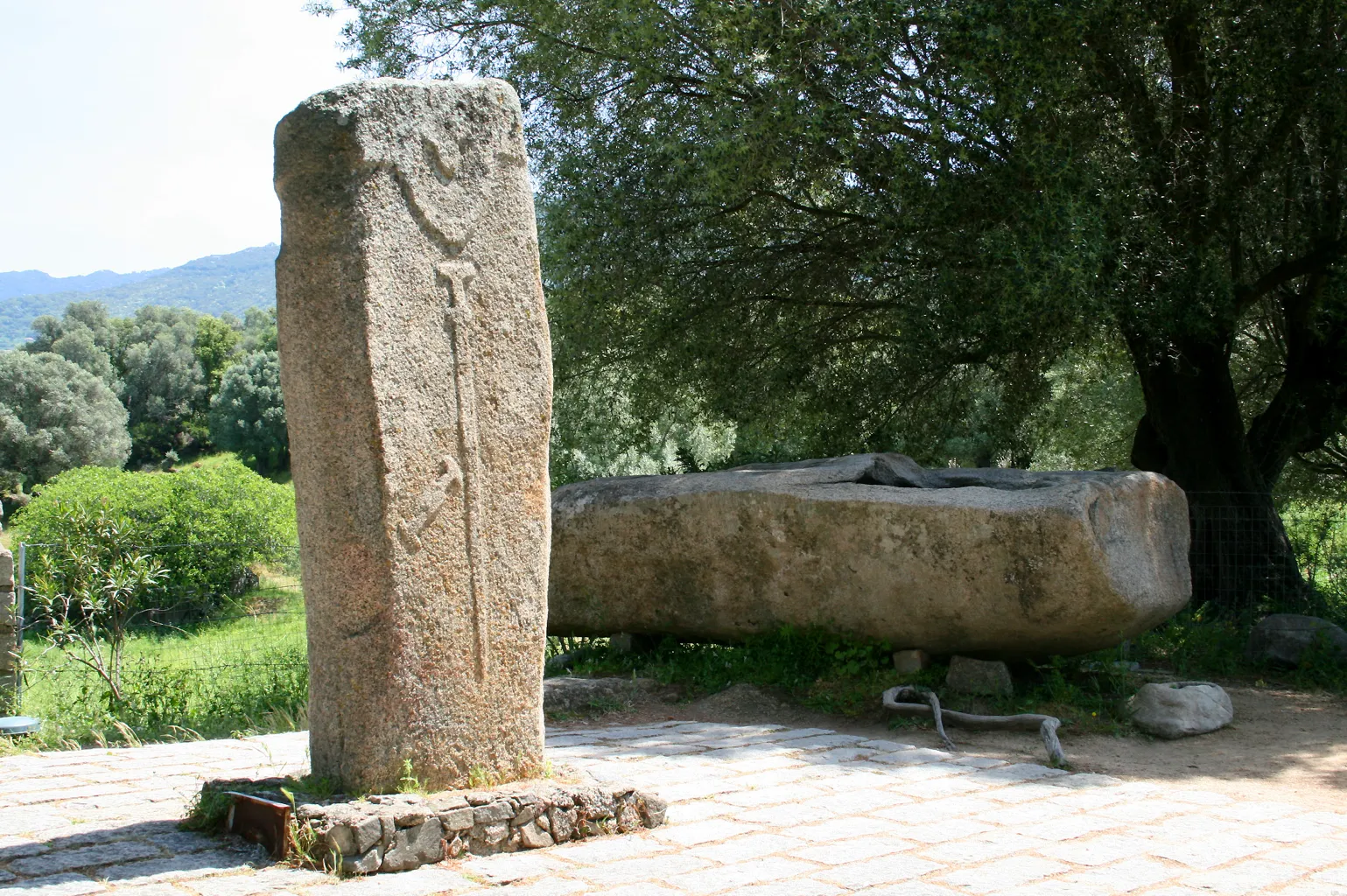
Discovery and Excavation
The site was initially discovered by the landowner, Charles-Antoine Cesari, and gained scholarly attention thanks to the efforts of Dorothy Carrington, a British writer. Systematic excavation work began in 1954 under the leadership of Roger Grosjean. His work uncovered artifacts, such as pottery and arrowheads, dating human occupation to as far back as 3300 BC.
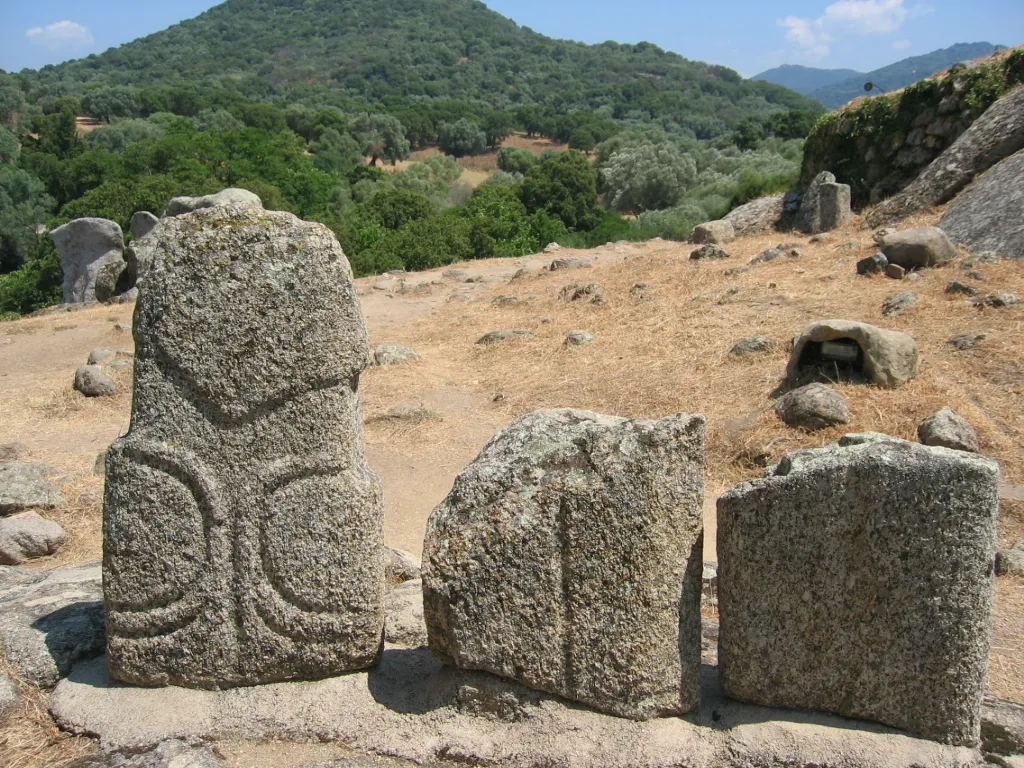
The Menhirs of Filitosa
The most striking feature of Filitosa is its collection of menhirs—large standing stones, some of which stand over 3 meters tall. These stones are engraved with human-like faces and depictions of armor and weapons, likely representing warriors. Around 1500 BC, these menhirs were erected, perhaps as a defense against the invading Torréens. However, the defense was ineffective, as the Torréens not only conquered the area but also dismantled many of the menhirs. Some of the stones were repurposed in their construction of torre—circular stone structures that are thought to have served as temples or defensive buildings. Grosjean’s theory of the menhirs’ protective purpose has been challenged by later scholars, but the uniqueness of the statues remains undisputed.
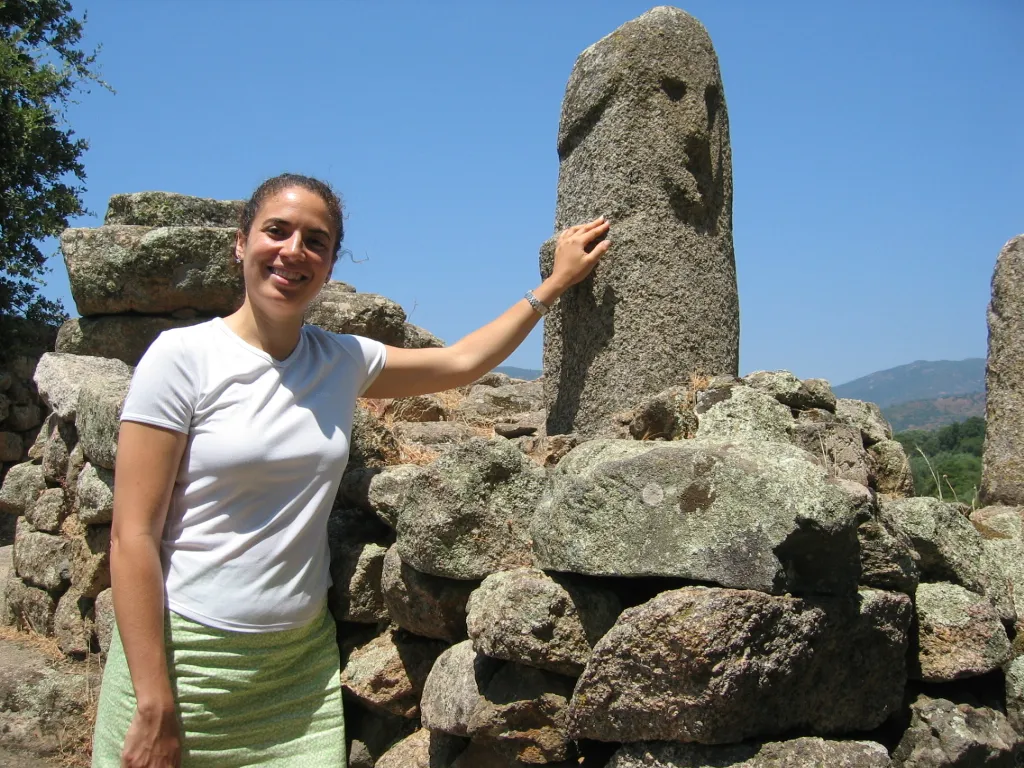
Site Layout and Features
Visitors approach the site via a path through the olive groves. The first structure they encounter is a rock overhang with a surrounding wall. Further along, the central monument appears, surrounded by platforms that once supported huts. A little further down the path is the Western Monument or torri, which provides a stunning view of a stone alignment—five megaliths encircle the base of an ancient olive tree. The quarry from which these stones were extracted is visible just behind the tree.
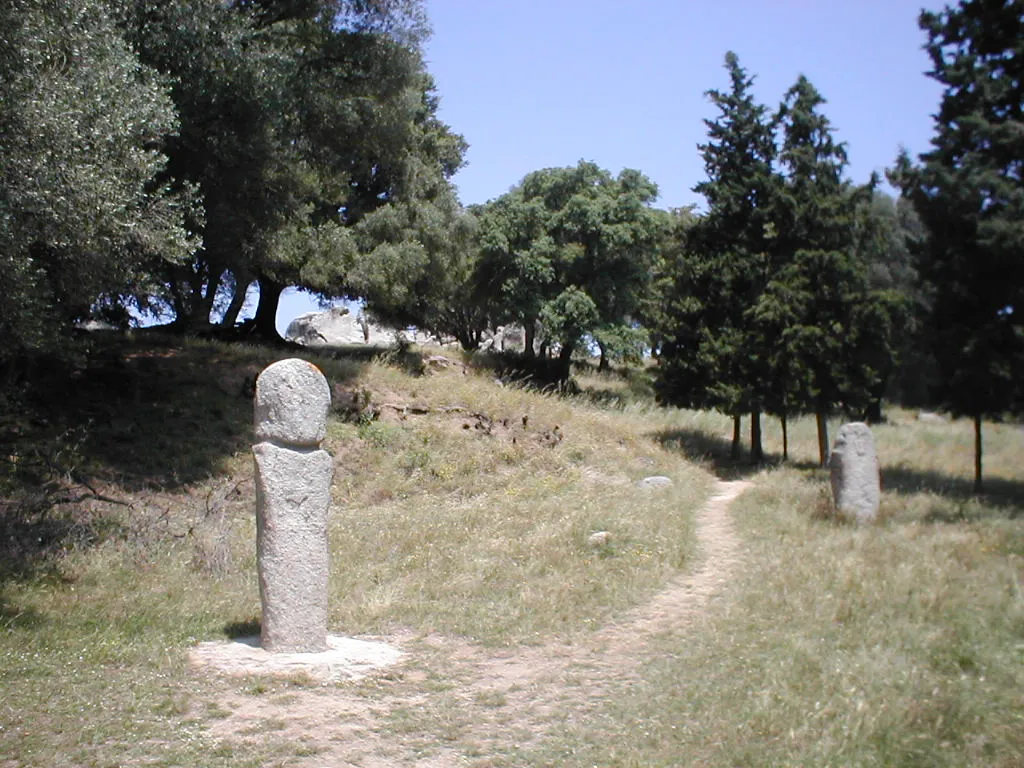
The Torréens and Their Influence
The Torréens (Torrean culture), the invading group, are believed to have influenced much of the site’s later development. They constructed numerous torri, several of which are remarkably well preserved. These round structures, built from stone, are thought to have been used either as temples or fortifications. The presence of Torréen architecture indicates an advanced understanding of building techniques, and their cultural influence spread across Corsica during this period.
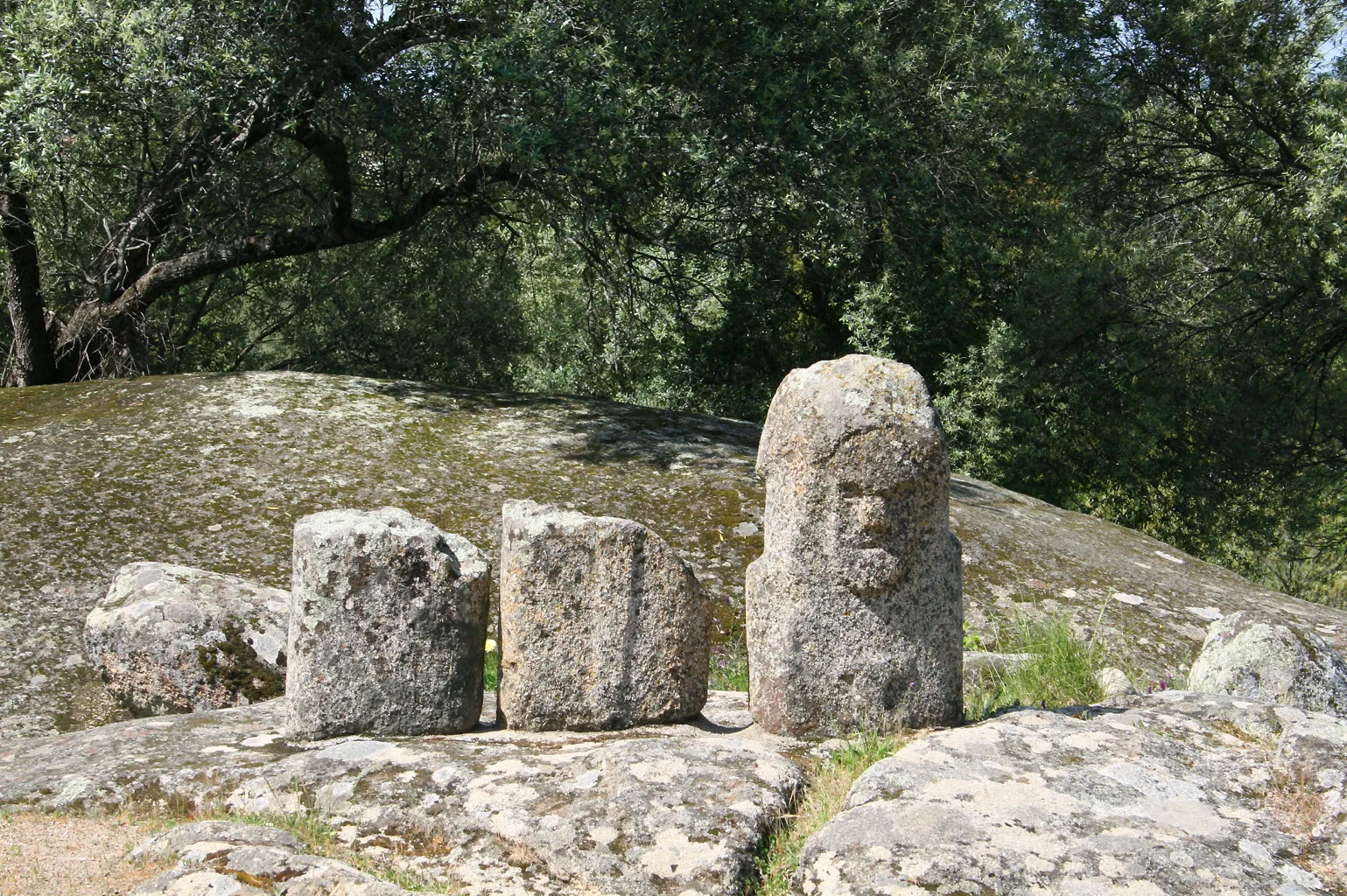
Filitosa’s Archaeological Importance
Filitosa contains around 20 menhirs, which make up roughly half of all known such structures in Corsica. The site’s archaeological significance is evident not only in the preservation of these stones but also in the broader context of Corsica’s prehistory. Excavations have unearthed artifacts dating from various periods, allowing for a clearer understanding of the island’s occupation and cultural development over millennia. However, excavation work has been limited due to financial constraints, leaving many areas of the site and surrounding regions still unexplored.
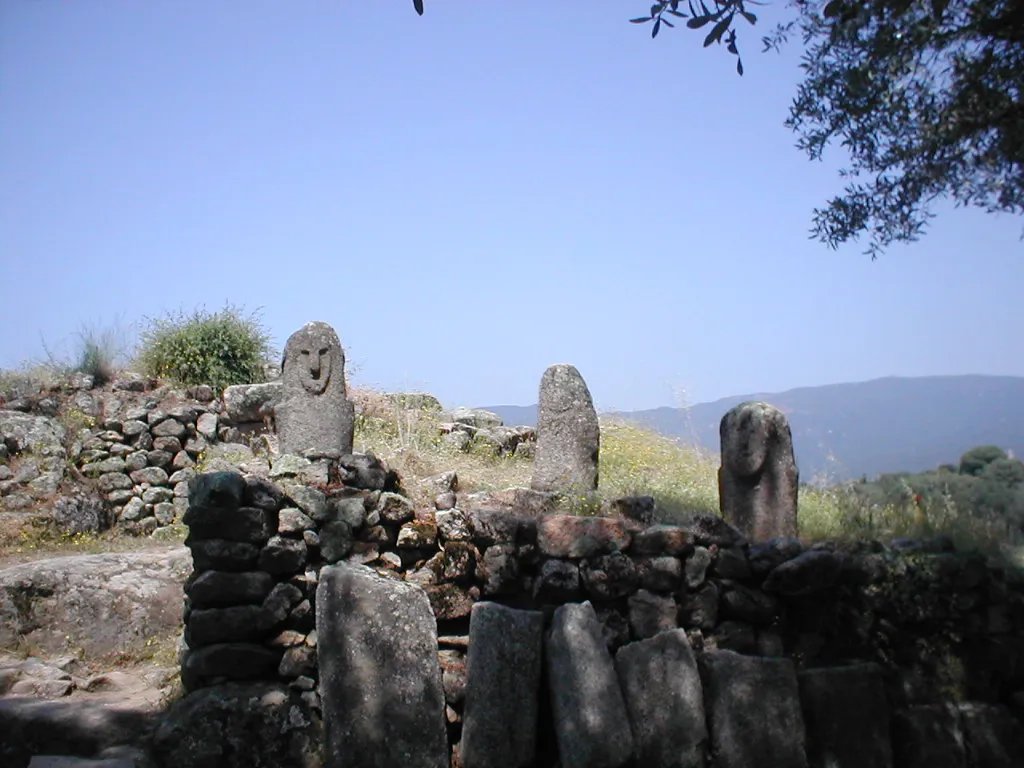
Conclusion
Filitosa stands as a testament to Corsica’s rich prehistoric heritage. Its blend of human artistry, religious significance, and historical layers offers a window into the ancient past. The site continues to captivate scholars and visitors alike, telling the story of a culture that bridged the gap between the Neolithic and Bronze Ages, leaving behind one of the Mediterranean’s most mysterious and iconic archaeological treasures.

Sources:
Wikipedia
Grosjean, R., 1961. Ilitosa et son contexte archéologique. Monuments et mémoires de la Fondation Eugène Piot, 52(1), pp.3-96.
treccani.it

